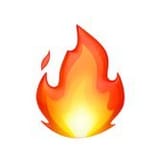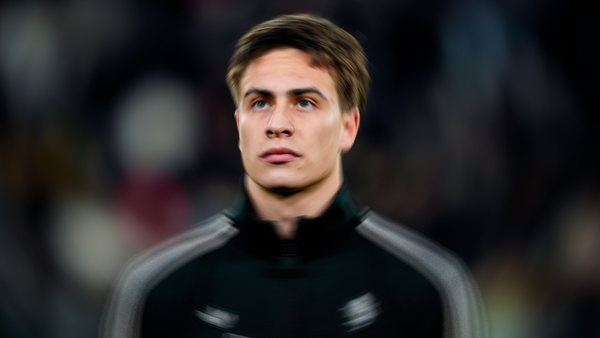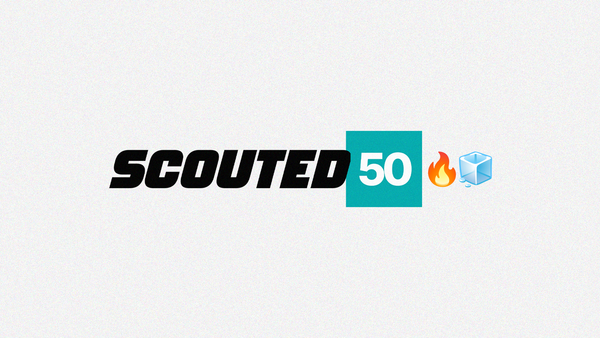The House of Glass and Iron
Buoyed by historic victory, Crystal Palace must move forward without the architect of their success: Dougie Freedman. Billy Carpenter investigates how the renowned talent-spotter transformed South London's pride
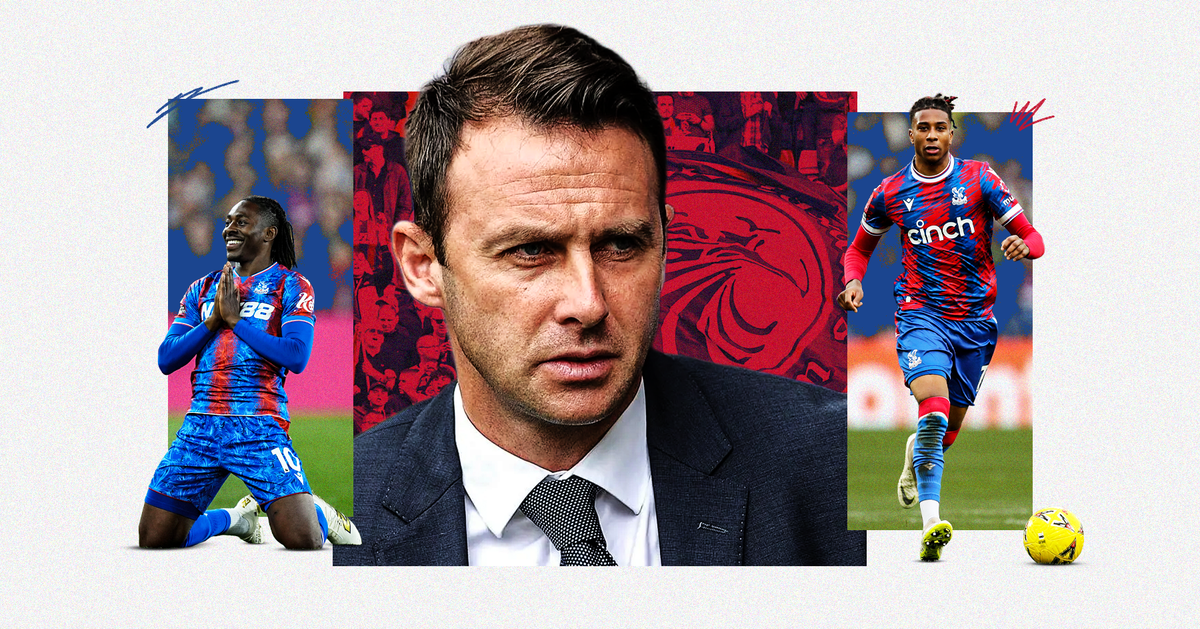
The original Crystal Palace, quite literally “the biggest thing in London,” was built with over 293,000 panes of glass and 4,000 tons of iron. The sprawling complex stood as a crown jewel of Victorian engineering. First constructed for the Great Exhibition of 1851, it was later relocated to Sydenham Hill, where it stretched over a thousand feet across the ridge. Walt Whitman waxed poetic in the Song of the Exposition:
Around a palace, loftier, fairer, ampler than any yet,
Earth's modern wonder, history’s seven outstripping,
High rising tier on tier with glass and iron façades,
Gladdening the sun and sky…
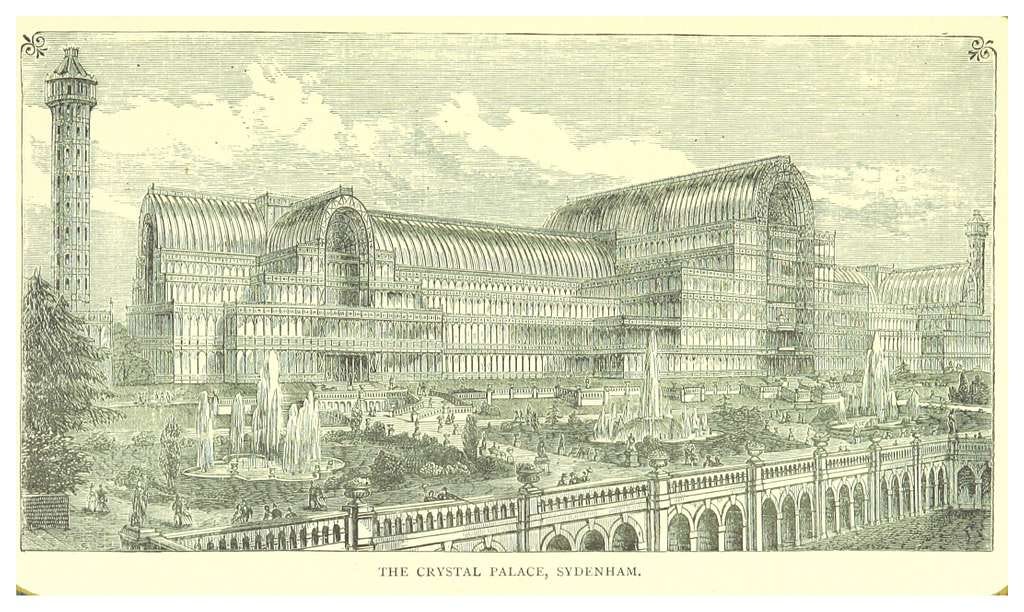
But the elements that made it a marvel also made it vulnerable. On a windy November night in 1936, a small explosion in a cloakroom ignited, and over 100,000 people came to watch the Palace burn into nothing. Among the sad onlookers was Sir Henry Buckland, the property manager, who was holding hands with his little daughter. He’d named her Crystal.
The most beautiful things are often the most fragile.
Billy Carpenter is an analyst and writer best known for Edu's BBQ, a series of long-read essays on Arsenal's tactical performance and recruitment. He writes regularly for SCOUTED, when we can coerce him to do so.
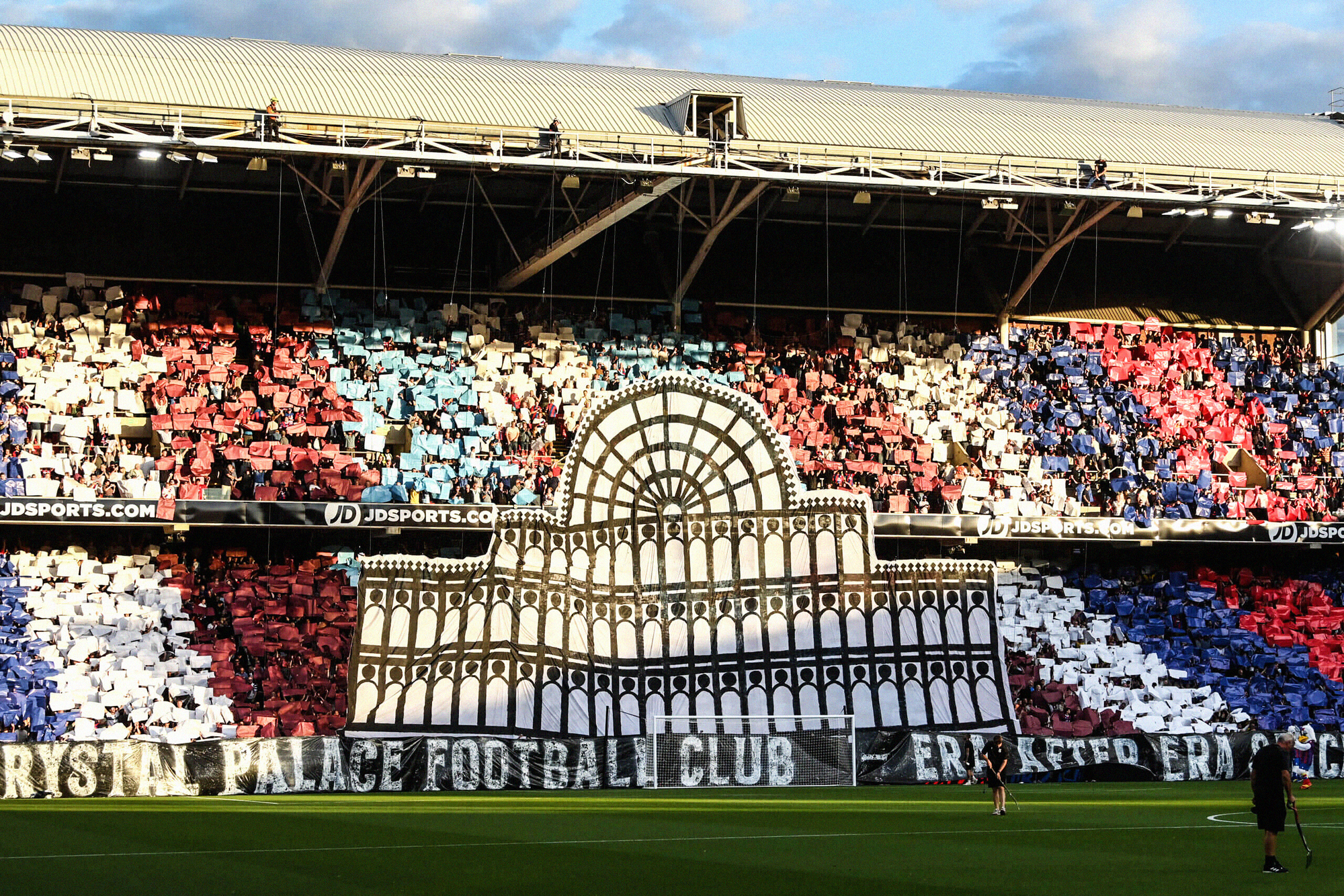
Triumph and fragility sit at the heart of the club which has the burned ruin's name.
From an outsider’s perspective, Crystal Palace F.C. have successfully become the Premier League’s most watchable overachievers, now entering a thirteenth straight season in the top flight and never finishing above 10th or below 15th. But real stability, or the lasting feeling of it at least, can prove evasive.
In mid-May, they enjoyed the greatest day in club history, an uproarious FA Cup final win over Manchester City. For the club that has flown a tifo that reads, “YOU GOT THE MONEY, WE GOT THE SOUL,” victory felt especially sweet.
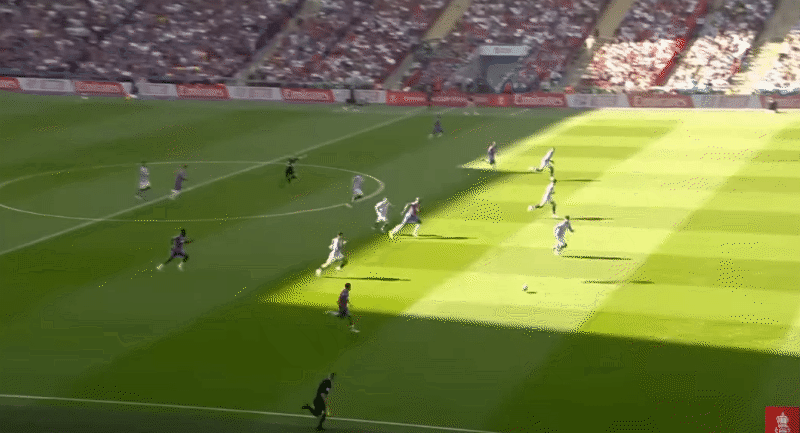
That trophy lift propelled them back to Wembley again, and yesterday they prevailed over the heavy-spending Liverpool. The difference in the club's respective Transfermarkt pages could hardly be more stark. Liverpool have spent nearly €300m on the likes of Wirtz, Ekitiké, Kerkez, and Frimpong. They’re not done, either: Isak links still float, as well as the potential signing of Palace’s own Marc Guéhi.
Palace’s total spend so far this summer? €2.30m. They prevailed nonetheless. But beneath the laurel wreaths, things still feel precarious.
A hunt-and-peck UEFA have banned Palace from the Europa League, citing John Textor’s stake in the club as a breach of multi-club ownership rules. Their spot is to be taken by Nottingham Forest, who would never, ever, ever, ever be involved in multi-club shenanigans, not ever. Textor has since sold his shares, but the club's appeal was today rejected.
It’s not the only complication Palace face. Wealthier clubs encircle their top talent with lavish offers, key transfers are again left late, and their prized manager, Oliver Glasner, has expressed frustrations with the club’s “passive” window, saying he was “promised that we would be more active and bring in the new players earlier this year.”
Woven through it all is the loss of one of their most valuable assets: today’s subject, club legend and renowned recruitment architect, Dougie Freedman.
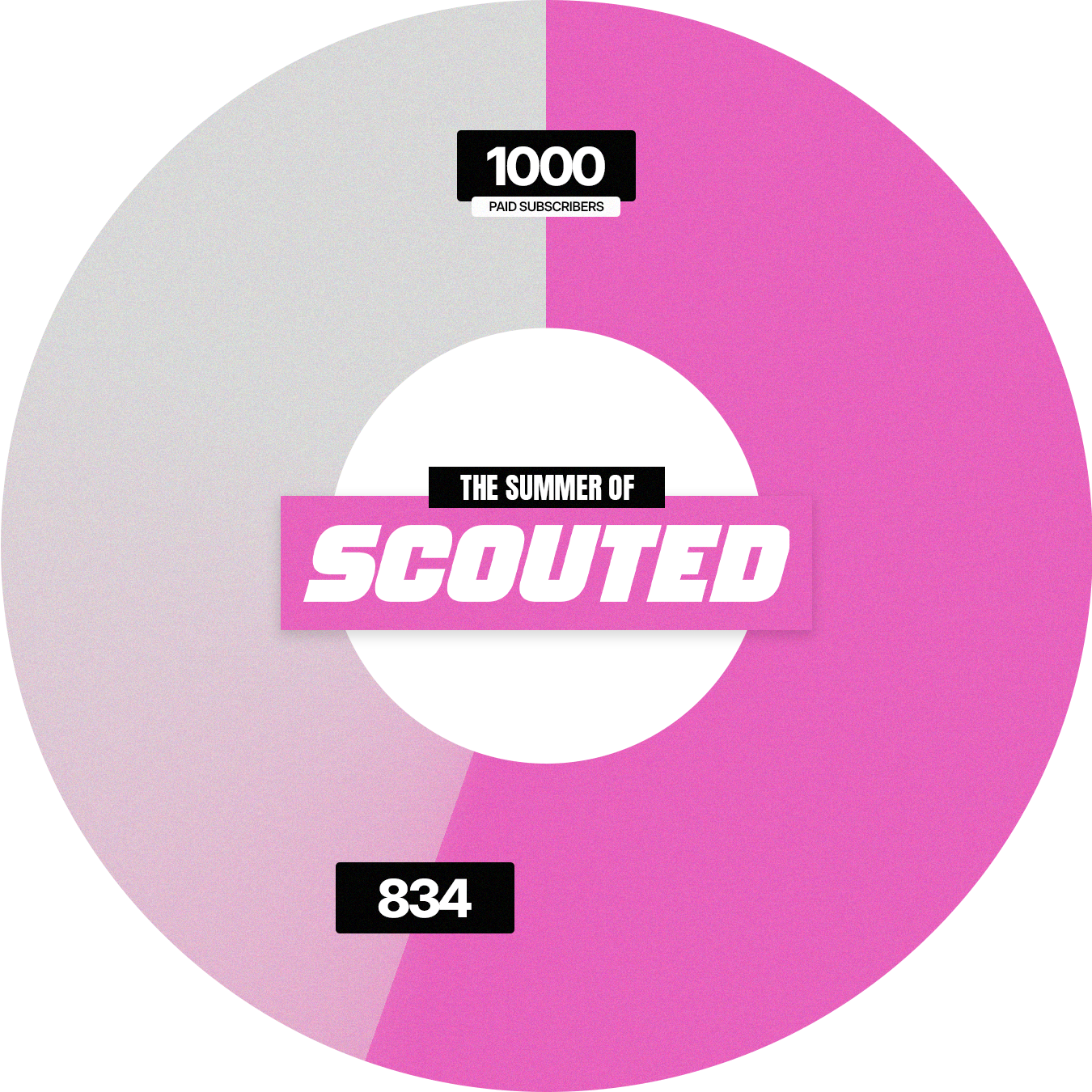
834/1000
Reaching 1,000 paid subscribers by the end of August would change the outlook of SCOUTED forever - and enable us to keep supporting brilliant writers like Billy.
Find out more
